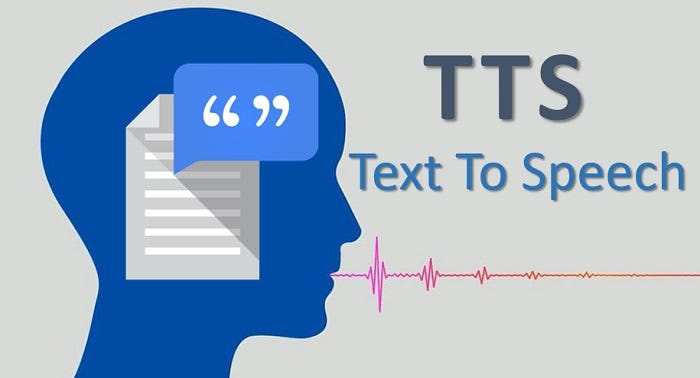Multimodal Interfaces: Integrating Text-to-Speech with Visual Content
Multimodal interfaces combine multiple modes of interaction, such as text, speech, images, and gestures, to create rich and interactive user experiences. Integrating Text-to-Speech (TTS) with visual content is a key aspect of multimodal interfaces, enabling users to access and interact with digital content through both auditory and visual channels. In this article, we’ll explore the benefits and applications of integrating TTS with visual content in multimodal interfaces and discuss how this integration enhances accessibility, user engagement, and interaction across various domains.
Enhancing Accessibility
Integrating TTS with visual content improves accessibility for individuals with visual impairments, reading difficulties, or disabilities that affect text comprehension. By providing spoken feedback and narration alongside visual content, multimodal interfaces ensure that users can access and understand digital information effectively, regardless of their visual capabilities.
- Screen Readers: TTS technology powers screen readers that convert text-based content into spoken language, allowing users with visual impairments to navigate websites, documents, and digital interfaces using auditory cues.
- Text-to-Speech Overlays: Multimodal interfaces can overlay visual content with TTS-generated speech, providing users with spoken descriptions, explanations, and instructions to enhance comprehension and accessibility.
Facilitating Multimodal Interaction
Integrating TTS with visual content enables multimodal interaction, allowing users to engage with digital content through a combination of auditory and visual input modalities. By providing multiple channels for input and output, multimodal interfaces accommodate diverse user preferences, interaction styles, and accessibility needs.
- Voice Commands: TTS technology enables users to interact with visual interfaces using voice commands, allowing for hands-free operation and seamless navigation of digital content.
- Interactive Tutorials: Multimodal interfaces can combine visual demonstrations with TTS narration to create interactive tutorials and instructional materials that guide users through complex tasks and procedures.
Improving User Engagement and Retention
Integrating TTS with visual content enhances user engagement and retention by providing a more immersive and interactive user experience. By complementing visual stimuli with auditory reinforcement, multimodal interfaces capture users’ attention, stimulate cognitive processing, and improve information retention.
- Narrative-driven Experiences: Multimodal interfaces can use TTS to narrate stories, presentations, and multimedia content, creating immersive narrative-driven experiences that engage users on both auditory and visual levels.
- Gamification and Interactive Storytelling: TTS technology enables the creation of gamified experiences and interactive storytelling applications that combine visual graphics with spoken narration to engage users in dynamic and interactive narratives.
Supporting Multilingual and Cross-cultural Communication
Integrating TTS with visual content facilitates multilingual and cross-cultural communication by providing spoken language support alongside visual text. Multimodal interfaces accommodate users from diverse linguistic backgrounds and enable seamless communication across language barriers.
- Language Translation and Localization: TTS technology can be integrated with language translation services to provide real-time translation of visual text into spoken language, enabling users to access digital content in their preferred language.
- Cultural Sensitivity and Inclusivity: Multimodal interfaces can use TTS to convey cultural nuances and sensitivities in visual content, ensuring that communication remains respectful, inclusive, and culturally appropriate across diverse audiences.
Conclusion
Integrating Text-to-Speech with visual content in multimodal interfaces offers numerous benefits, including enhanced accessibility, multimodal interaction, user engagement, and cross-cultural communication. By providing spoken feedback and narration alongside visual stimuli, multimodal interfaces create inclusive, interactive, and engaging user experiences that cater to diverse user needs and preferences. As technology continues to advance, the integration of TTS with visual content will play an increasingly important role in shaping the future of human-computer interaction, accessibility, and digital communication across various domains and applications.






